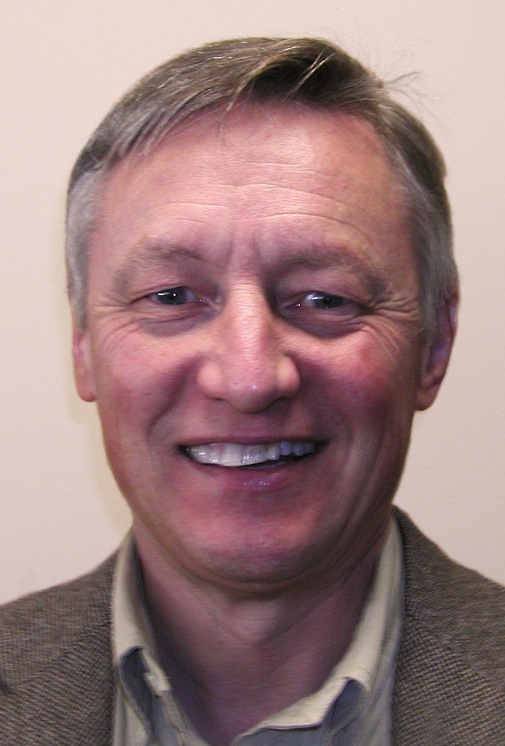Arguably, the grave doubts among the Alberta public about the ability of Premier Ed Stelmach’s Conservative government to manage the health care file reached a near consensus in the fall of 2009 with the widespread panic over H1N1 influenza vaccinations.
All excuses aside, the Alberta government and its then-new Alberta Health Services super board messed up so spectacularly it was almost impossible to comprehend. Things got so bad it would have been funny if only we hadn’t all been so worried.
Amid worldwide hysteria encouraged by the World Health Organization and other groups, plus a general shortage of H1N1 vaccine in Canada, Alberta health officials handled the situation about as badly as can be imagined. As a result of their astonishing mismanagement, we had blocks-long outdoor line-ups in freezing weather, high-risk patients unable to get shots, a five-day suspension of vaccinations for everyone and much longer waits for those not deemed high-risk, and the delightful spectacle of fit young millionaires who happened to be professional hockey players jumping to the front of the queue.
If the Wildrose Alliance or any other political party makes a major breakthrough in the next Alberta general election, they can look to that crisis as the moment when their future really began to shine brightly.
Thankfully, the 2010 flu vaccination program was smoother. Still, health care in Alberta has remained pretty much a gong show ever since, with a slowly worsening crisis in the province’s emergency wards defying all solutions, top health executives and legislative health-care office-holders fired, large public protests, and emergency debates in the Legislature. But nothing can top November 2009 for the feeling Albertans were all extras in a horror movie about the end of the world.
Facing that crisis, Stelmach’s beleaguered Conservatives did what governments frequently do: they diddled around until the smoke cleared, then asked for a report.
The only problem with this strategy is that, sooner or later, the report gets written, and then it has to be given to the media and the public. That happened late in 2010, when the Health Quality Council of Alberta issued its findings on the H1N1 fiasco.
As it did with the Chief Medical Officer of Health’s recent report on the frightening rate at which syphilis infection is growing in this province, the Alberta Conservatives managed the problem of the H1N1 report by releasing it during the holiday season when the best minds of the media were either on vacation or busy covering really important stuff like the latest hi-jinks of Santa and his elves. Either that or they were just lucky.
Whatever, it seems to have worked about as well as can be expected. The government’s sotto voce press release on the H1N1 train wreck generated little news coverage, most of it relegated to the back pages, where, as far as the Conservatives are concerned, it’s welcome to remain.
If the report’s conclusions were not particularly comforting, the tone of the government’s release was intended to be reassuring. “We have applied many learnings from the H1N1 experience to our planning already, and the HQCA’s report will allow us to further enhance our response systems,” said Dr. Gerry Predy, the AHS Senior Medical Officer of Health.
It was also reassuring to learn that Health Minister Gene Zwozdesky “accepted and agreed with 17 of the recommendations and took one under advisement.” Though, perhaps, this might have been less comforting if folks had noticed that the HQCA thought health officials ought not to have thrown the doors wide open to everyone who wanted a shot in 2009, instead providing vaccinations to high risk groups first as was the practice in other provinces. (Ninety-six per cent of the 71 Albertans who died from H1N1 in 2009 had well-known high-risk factors.)
Nor should folks be particularly reassured that the recommendations included such things as implementing “a high level over-arching governance model for public health emergency management response that aligns with and supports the operational command system within AHW, AHS, AEMA and other relevant government ministries.”
Um, putting aside the incomprehensible bureaucratese, doesn’t this mean that we should have a plan for emergencies and that everyone involved should know what their job is? And if that translation is correct, one wonders why the heck that wasn’t the case in 2009?
Many of the other recommendations have this same quality. For example, that AHS and the Health Ministry “develop a plan for communicating with health professionals to create and disseminate critical clinical guidance documents and information during public health emergencies.” Well, duh!
The 18th recommendation, the one Zwozdesky apparently felt he couldn’t wholeheartedly support, was that the province “develop a prioritization matrix that will facilitate immunization of the maximum number of defined populations at greatest risk in the shortest time.” Hmmmm…. The government said they’re not sure if a matrix — whatever that is — is the right way to go. One wonders if that’s because it might not guarantee the Calgary Flames their rightful place at the front of the line?
In its news story on the report, the CBC quoted Dr. Andre Corriveau, Alberta’s Chief Medical Officer of Health, defending the way his officials responded in 2009, saying they did the best they could, based on what they then knew.
“Given the information available and the circumstances at the time, there’s not a lot I say we would have done differently,” Corriveau told the CBC.
More than anything else in this under-reported story, Albertans should worry about that response.
This post also appears on David Climenhaga’s blog, Alberta Diary.




